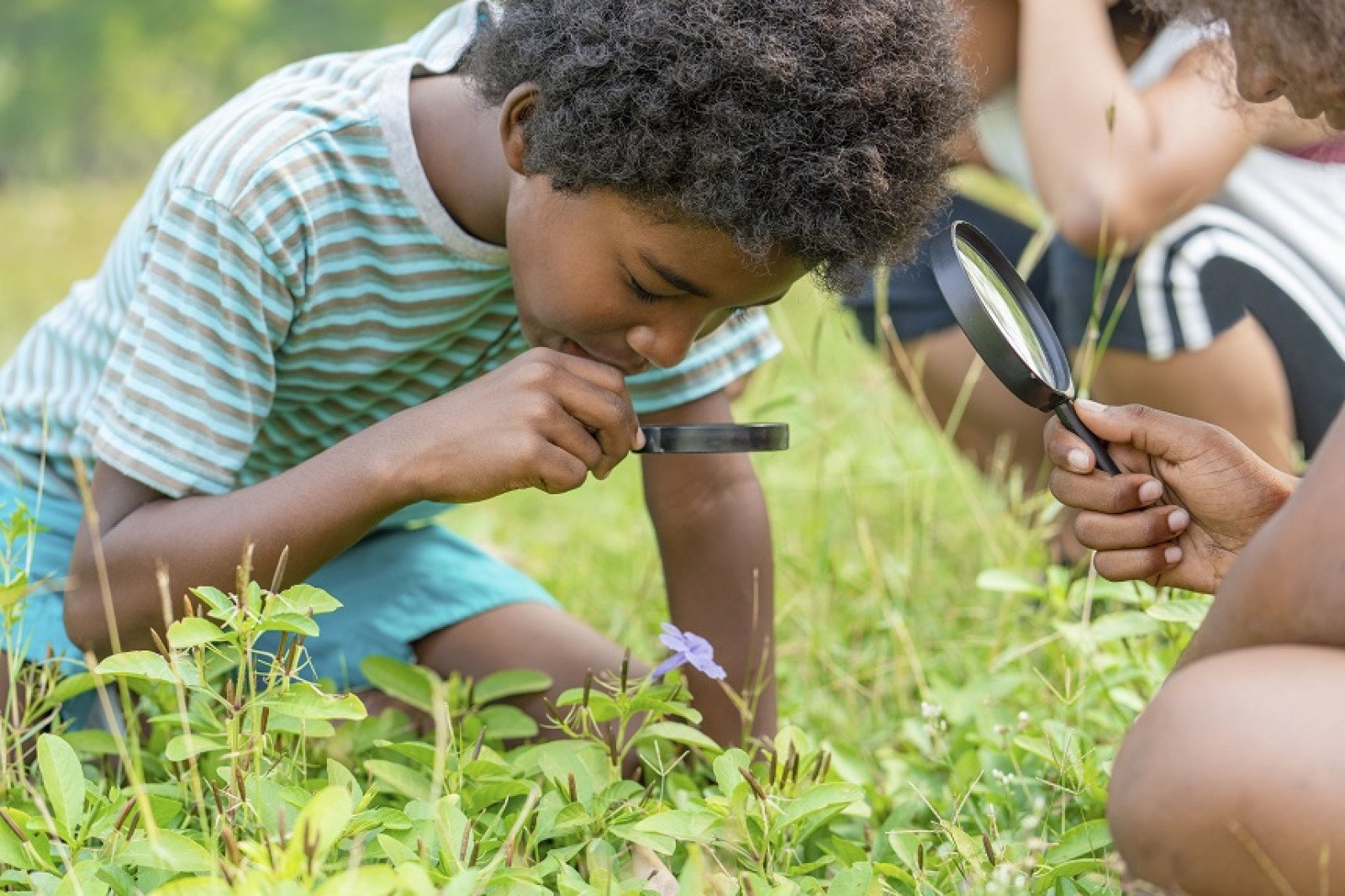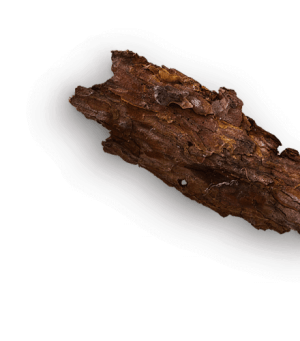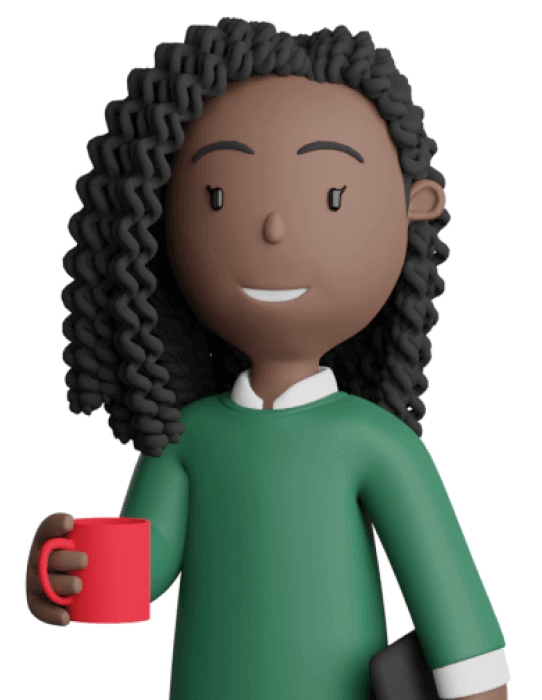Natural versus human-made
Play a game outside to explore what is natural and human-made.

Overview
By playing a game outside, students will identify natural and human-made elements and discuss how both affect the way water moves and impacts humans, plants, and animals.
Instructions
What you'll need
An outdoor area with both natural and human-made elements, either a playground or school grounds.
Introduction
- Start by discussing the difference between natural and human-made features. Share with students that some things in our lives are natural, such as trees, plants, and mountains, and some are human-made, for example, toys and clothes.
- Ask students to share examples of items that are natural and human-made. They can look around the classroom or think of things that are in their home.
- Explain to students that they will be going outside to discover both natural and human-made elements. Power down the classroom, dress for the weather, and head outside.
Explore outdoors
- Take students to an area with both natural and human-made objects like the playground or school grounds with trees, plants, playground equipment, and drains.
- Explain to students that you will call out “natural” or “human-made”, and they must run to touch something that describes it. Ask students to try and find new elements each time, and play until they understand the difference.
- Include items that show how water moves like trees, drain grates, drain pipes, soil, rain barrels, and slides. Also choose elements that could both be natural and human-made. Discuss with students how they are both natural and human-made. For example, the garden box is made from wood, which is natural, but cut and nailed together makes it human-made. Examples:
Natural Human-made Both natural and human made - Trees
- Plants
- Rocks
- Insects or bugs
- Soil
- Swing
- Slides
- Plastic
- Drains
- Rain barrels
- Grass soccer field
- Garden box filled with soil and plants
- After the game, bring students together and share how both natural and human-made objects affect how water moves and how they affect humans, other animals, and plants. For example:
- A tree absorbs water, provides habitat for animals, cleans the air, and produces oxygen.
- A drain collects water that needs to be cleaned, and stops roads from flooding.
- Gardens produce food and flowers, absorb water, create habitat for bugs, insects and worms, and also makes a space look beautiful.
Modify or extend this activity
- Pull up the “A water to electricity story” to discover how natural and human-made features power our lights.
- Have students draw a picture with natural and human-made features, using colour to identify the difference.
Curriculum Fit
Grade 1 Social Studies
Content
- Natural and human made features of the local environment
- Natural features: mountains, forests, waterways, local plants and animals
- Human-made features: buildings, bridges, dams, dykes
Curricular competencies
- Use Social Studies inquiry processes and skills to ask questions; gather, interpret, and analyze ideas; and communicate findings and decisions
- Explain the significance of personal or local events, objects, people, or places
Grade 1 Physical and Health Education
Content
- Daily physical activity helps us develop movement skills and physical literacy and is an important part of healthy living.
-how to participate in different types of physical activities, including games
Curricular competencies
Physical literacy
Develop and demonstrate a variety of fundamental movement skills in a variety of physical activities and environments
Social and community health
Develop and demonstrate respectful behaviour when participating in activities with others
Assessments
- Assess students’ ability to identify the difference between natural and human-made objects.
- Assess students’ participation and cooperation in playing the game outdoors.
- Assess students’ ability to connect and engage in group discussions by listening and sharing ideas.
Teaching Notes
Hydroelectric generation system
More than 90% of BC Hydro's generation is produced by hydroelectric generation, which is generally the most cost-effective, clean, and reliable option. BC Hydro also continues to investigate alternative sources of energy, such as wind and wave power.
BC Hydro generates over 43,000 gigawatt hours of electricity annually to supply more than 1.9 million residential, commercial, and industrial customers.
Over 80% of BC Hydro's installed generating capacity is at hydroelectric installations in the Peace and Columbia river basins.






